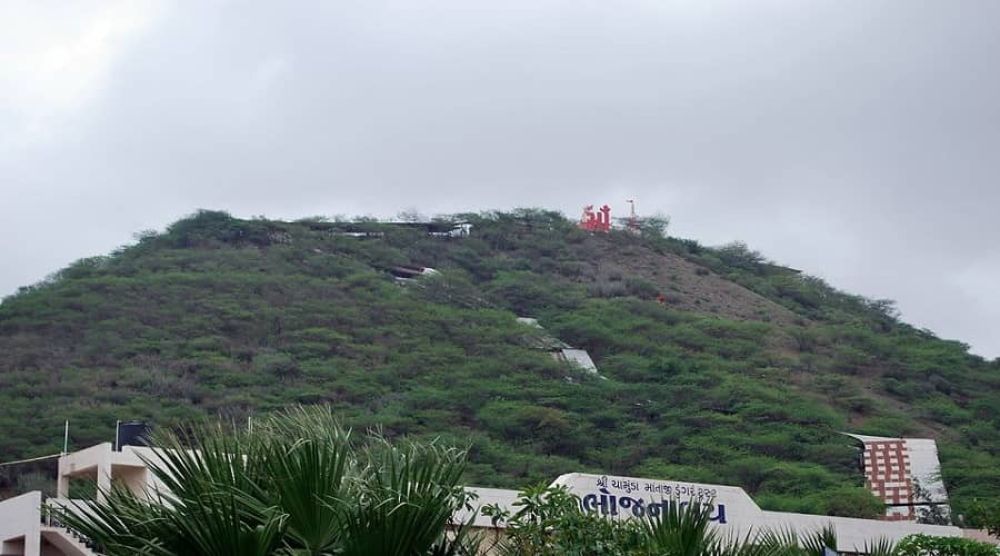

Gujarat experiences three main seasons: summer, monsoon, and winter. The region around Chotila gets extremely hot during the summers, with temperatures soaring high. This period starts from March and continues till June. The temple, which is situated atop a hill, can be particularly challenging to climb under the harsh sun. The monsoon season follows, beginning in late June and lasting until September, bringing with it refreshing rains that cool down the area but can also make the climb slippery and less comfortable for visitors. Therefore, for climatic comfort, the best time to visit Chotila Temple would be during the winter season when the weather is pleasantly cool and favorable for the climb. This period stretches from October to February.
Chotila Temple, dedicated to Chamunda Mataji, holds significant religious importance and witnesses a huge influx of pilgrims during auspicious Hindu festivals. The most prominent celebrations take place during Navratri, a nine-night festival dedicated to the Goddess, which generally falls in September or October. Another ideal time to visit is during the festival of Maha Shivaratri, usually in February or March, when the temple buzzes with fervent devotion. During these festivals, the temple is beautifully decorated, and various cultural programs are organized, providing visitors with a unique and vibrant cultural experience in addition to the spiritual ambiance of the temple. However, be prepared for crowds if you choose to visit during these peak times. If you prefer a quieter visit, opt for the months following the festivals when the climate is still pleasant, and the temple is less crowded.
| Month | Min Temp | Max Temp |
|---|---|---|
| January | 12 °c | 28 °c |
| February | 14 °c | 31 °c |
| March | 19 °c | 36 °c |
| April | 24 °c | 40 °c |
| May | 27 °c | 42 °c |
| June | 28 °c | 40 °c |
| July | 27 °c | 35 °c |
| August | 26 °c | 33 °c |
| September | 25 °c | 35 °c |
| October | 22 °c | 36 °c |
| November | 17 °c | 33 °c |
| December | 14 °c | 30 °c |